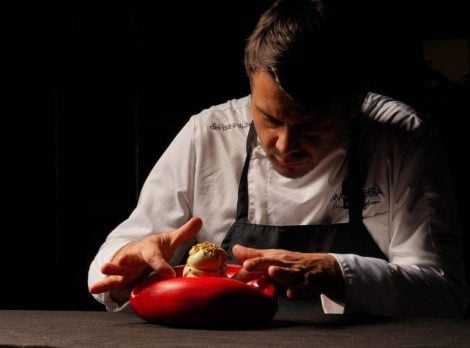by Carlotta Sanviti
Emanuele Rabotti, the owner of the renowned Monte Rossa winery in Franciacorta, loves challenges. During the peak of the COVID pandemic, he decided to revive the Pusterla vineyard, highlighting its historical and winemaking heritage. The vineyard’s origins date back to 1037 when the royal monastery of Santa Giulia cultivated grapes on the slopes of Colle Cidneo, in Brescia's historic center. Over the centuries, the vineyard has gone through various vicissitudes, changing ownership and experiencing periods of abandonment. However, its winemaking vocation has never faded. From 2011 until 2020, the vineyard was managed by Maria Capretti before passing the baton to the owner of Monte Rossa, who fell in love with its history. The context in which this vineyard grows is unique: it boasts vines from the original stock, aged between 80 and 100 years.
Welcome back, Invernenga
The Pusterla vineyard (named after the gate that provided access to secret passages within castle walls) spans four hectares and enjoys a privileged position, situated on a stratified limestone terrain with marl and flint nodules. Its shape and slope ensure optimal drainage, while currents from Monte Guglielmo create a healthy and ventilated microclimate. Additionally, the sunlight exposure allows the grapes of invernenga, the dominant native variety, to benefit from the sun from dawn to dusk. This white grape variety is known in the Brescia area also by the names “invernesca,” “brunesta,” or “bernestia,” and is a rare grape, cultivated almost exclusively in the Pusterla vineyard and a few other rows in the surrounding areas. Its yellow-green berries are notable for their thick, polyphenol-rich skin. The late ripening, from late October to early November, imparts character and juiciness to the wine.
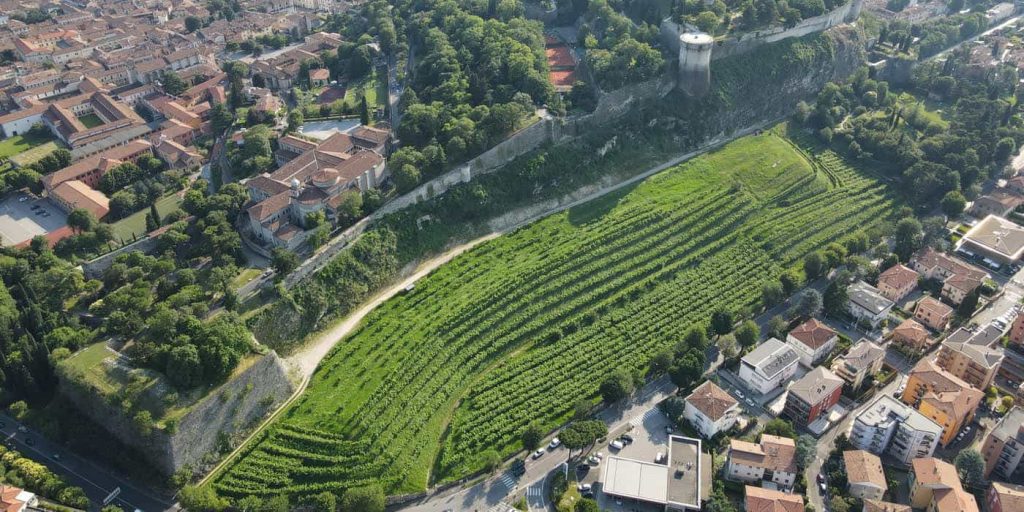
A future full of projects
“It’s an uneconomical project; I’ve fallen madly in love with this vineyard,” says Rabotti. Since acquiring the four hectares of land in 2020, his primary goals include the vineyard’s rehabilitation, focusing on sustainability and landscape enhancement: “Pusterla is not just a vineyard to me, but also a personal statement of Brescia pride,” continues the Monte Rossa owner, who has turned this plot into a new green lung for the city, a place to discover the charm of urban viticulture. Besides enhancing the vineyard, Rabotti also aims to produce quality wines that best express the uniqueness of this territory and its unique landscape. In the past, these grapes were mainly used to produce sweet wine, in the "passito d’invernenga" version, while today, only white wine is vinified from pure invernenga grapes, with a production varying from 5,000 to 6,000 bottles a year. The 2021 white wine has notes of ripe peach and almond, broad and structured on the palate, with vigor and a distinctive sapidity. “I’ll make it even better, slowly understanding what I have on my hands,” asserts Rabotti.
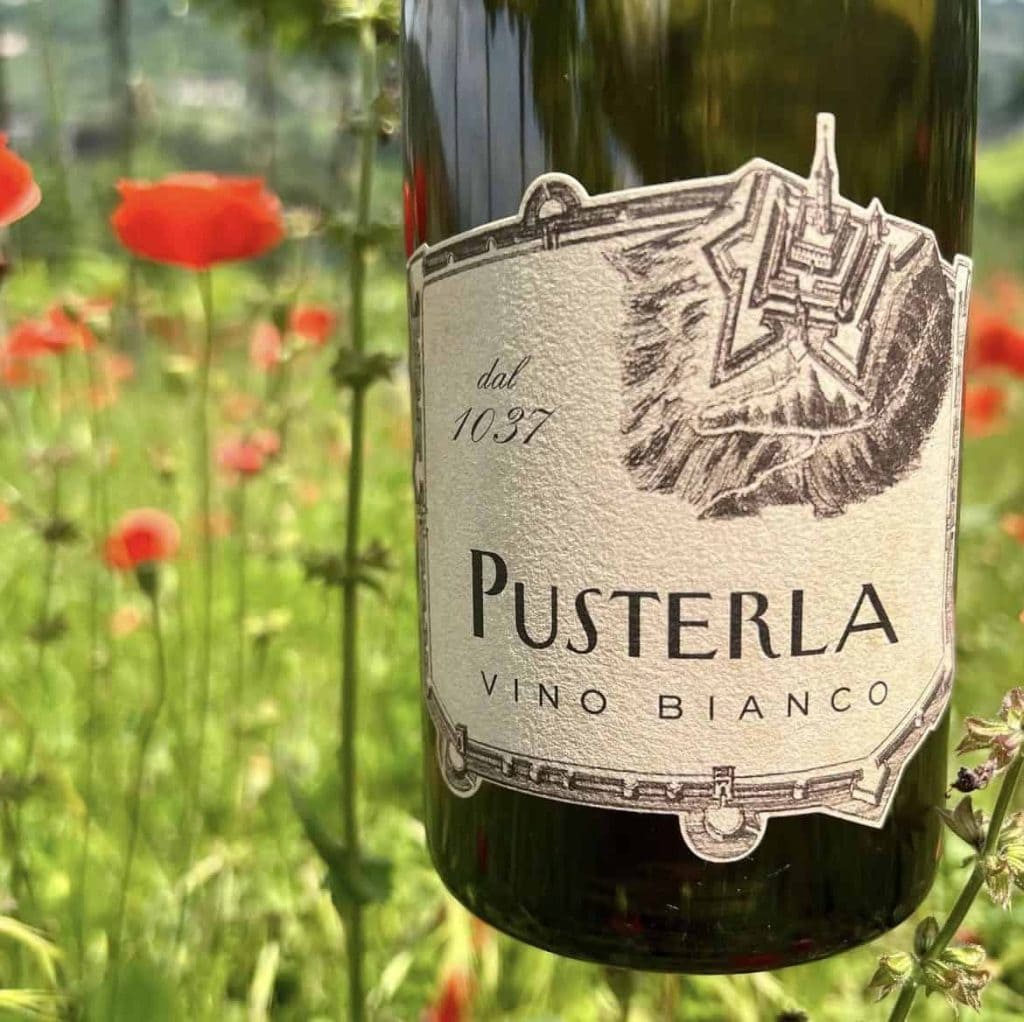
The urban vineyard Phenomenon
From Venice, Siena, Bergamo, Rome, and Palermo, to Thessaloniki, Montmartre, Barcelona, and Lyon, urban vineyards are a rapidly growing phenomenon across Europe. They are an excellent solution for creating green spaces in large cities and helping the environment. Moreover, these areas serve as centers for environmental education and awareness, organizing events, workshops, guided tours, and training courses for the local community, promoting sustainability, biodiversity, and the importance of nature in cities. Currently, an association, the Urban Vineyards Association (U.V.A.), was established in 2019 to protect and enhance urban vineyards and unite them in an international network that promotes historical recovery projects and cultural, landscape, and rural enhancement. A “doing more with less” approach. These green oases are not just places for wine production but represent the true testament to the culture and history of the cities that host them, with ancient native vines—some of which are rare—that have survived the uprooting in favor of more productive or commercially interesting varieties.
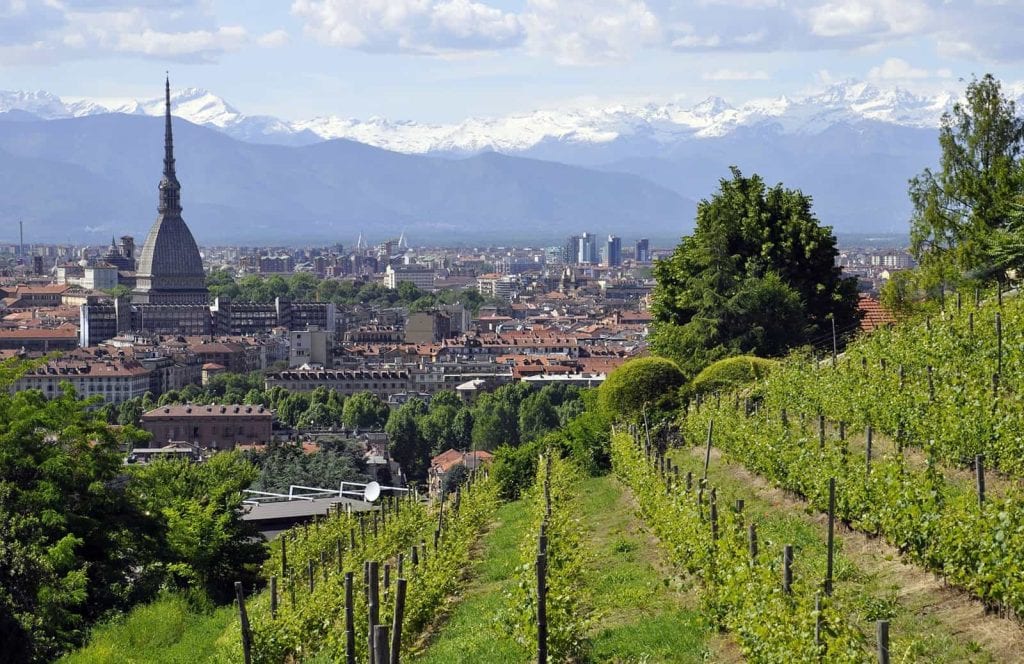

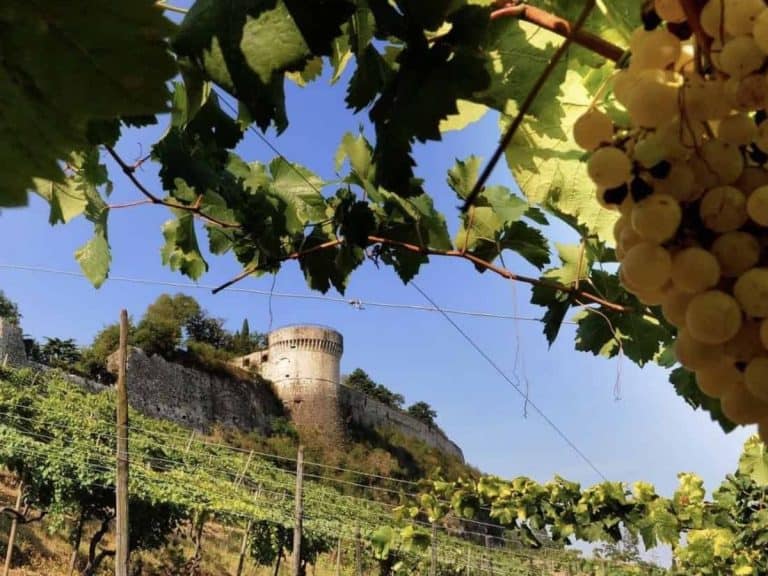
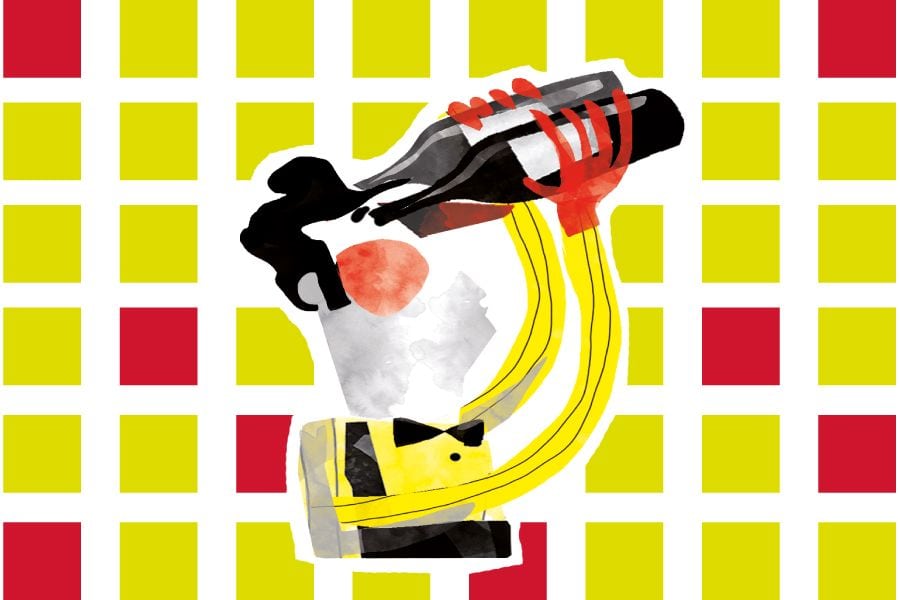 For the first time, Vini Rari arrive at Vinitaly 2025. Here's what they are
For the first time, Vini Rari arrive at Vinitaly 2025. Here's what they are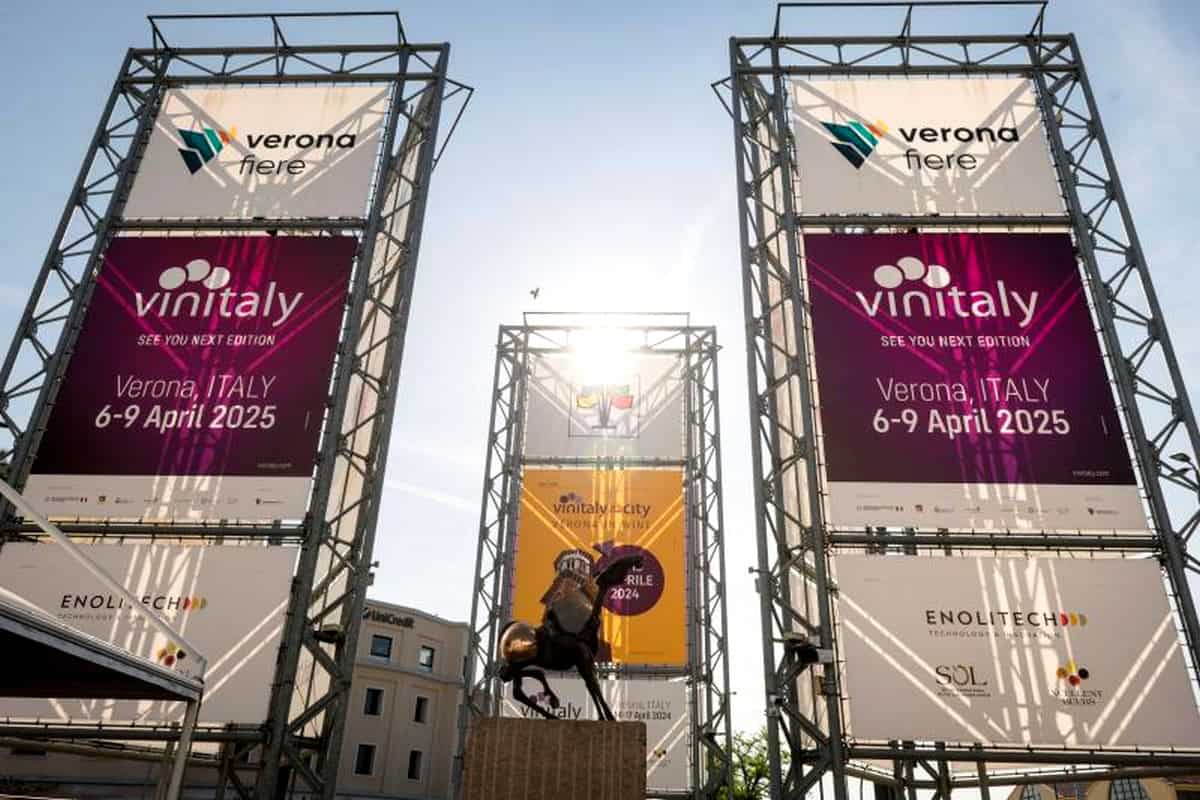 Here are all the events to watch out for at Vinitaly 2025
Here are all the events to watch out for at Vinitaly 2025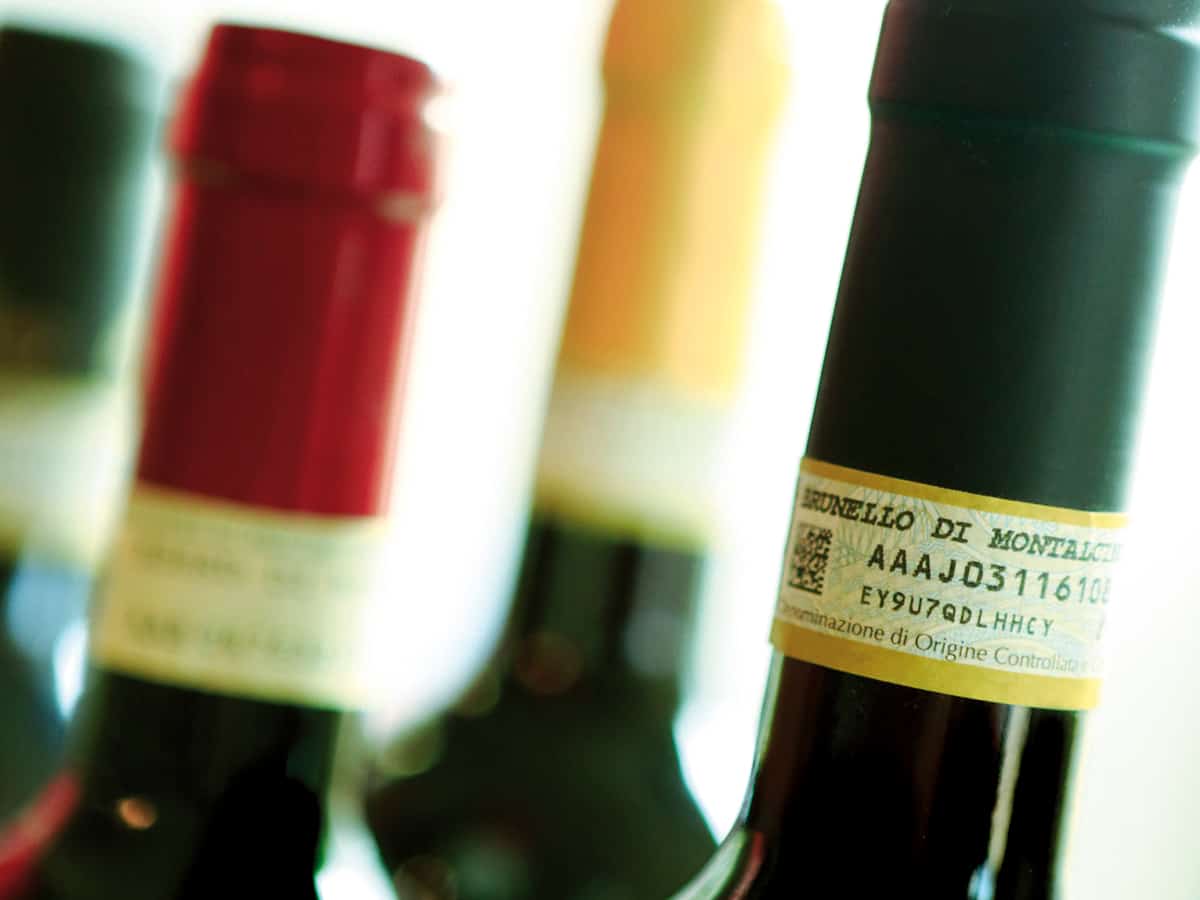 The tricolour arrives on DOC and DOCG wines. Lollobrigida: "This is how we promote Italian identity"
The tricolour arrives on DOC and DOCG wines. Lollobrigida: "This is how we promote Italian identity"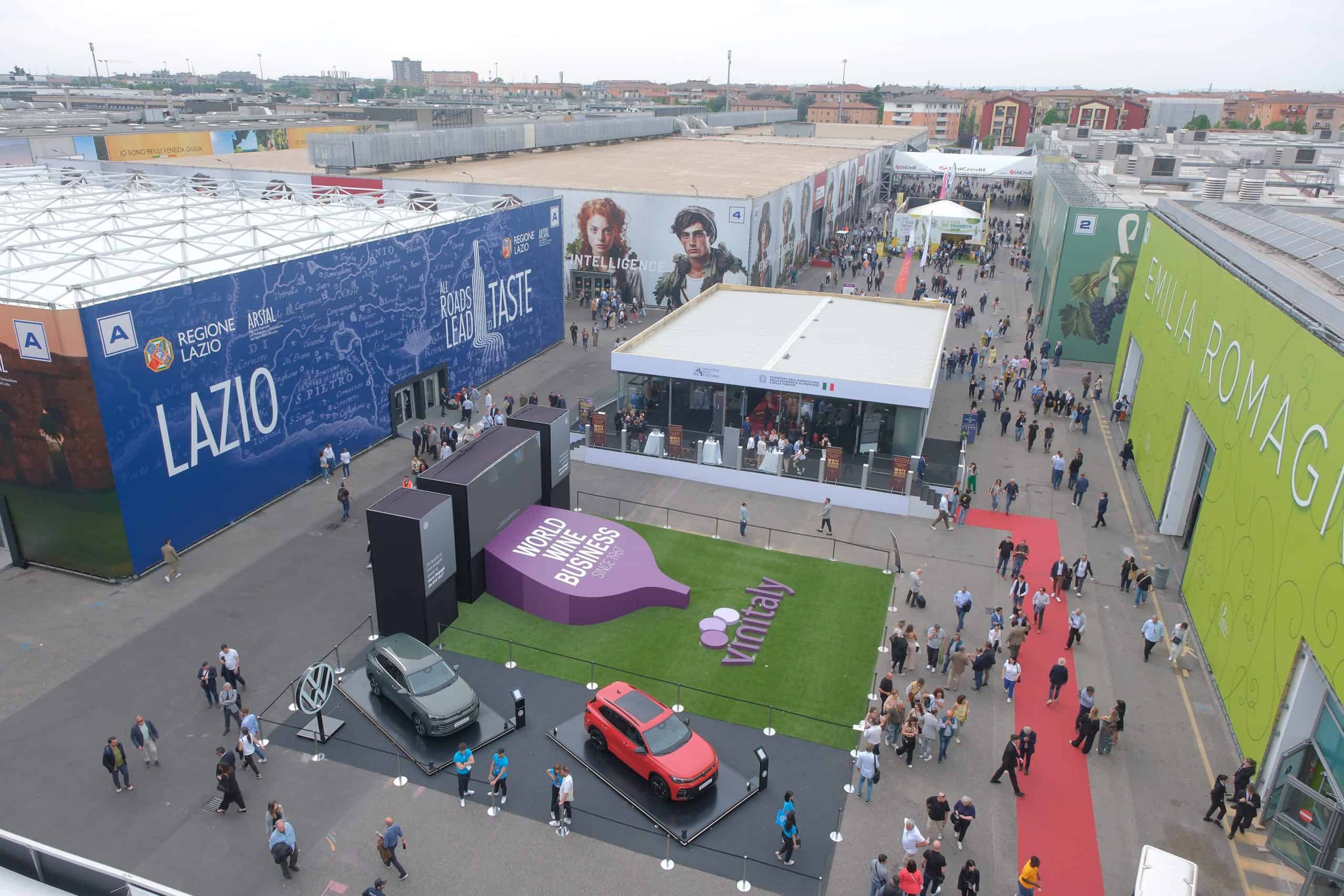 Ten tastings not to miss at Vinitaly 2025: from “new” Barolos to vegan wines, Chianti Classico to skin-contact wines
Ten tastings not to miss at Vinitaly 2025: from “new” Barolos to vegan wines, Chianti Classico to skin-contact wines Farewell cacio e pepe in New York. "With tariffs, Pecorino Romano will also become more expensive." The warning from Giuseppe Di Martino
Farewell cacio e pepe in New York. "With tariffs, Pecorino Romano will also become more expensive." The warning from Giuseppe Di Martino

